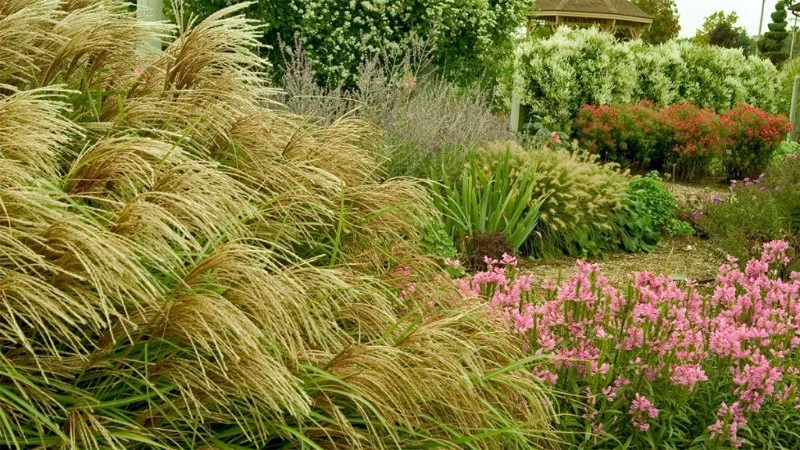
- 1. Why Native Grasses Are Ideal for Gardens
- 2. The Benefits of Texture and Movement in Garden Design
- 3. Choosing the Right Grasses for Your Climate
- 4. Designing with Grasses for Maximum Effect
1. Why Native Grasses Are Ideal for Gardens
Native grasses are perfect for adding texture and movement to your garden. These grasses are well-suited to the local climate and soil, making them low-maintenance and environmentally friendly. Unlike non-native plants, which may require excessive watering and care, native grasses thrive naturally in their environment, supporting biodiversity while providing beauty to your garden.
These plants also blend seamlessly with other native flora, creating a harmonious, natural look that enhances the overall aesthetic of your landscape. By incorporating native grasses, you’re not only enhancing the appearance of your garden but also supporting the local ecosystem.
2. The Benefits of Texture and Movement in Garden Design
Texture and movement are two important elements that bring life and interest to any garden. Adding native grasses to your landscape can introduce a unique combination of both. Their tall, flowing nature can create a dynamic and ever-changing visual experience, especially when swaying in the breeze.
Texture is essential in garden design, as it adds depth and dimension. The soft, feathery appearance of certain grasses contrasts beautifully with the rigid structure of shrubs or hardscaping elements like stone paths and patios. By mixing textures, you create a more visually engaging space that draws the eye and keeps the garden interesting throughout the seasons.
3. Choosing the Right Grasses for Your Climate
When selecting native grasses for your garden, it's important to consider your local climate and growing conditions. Native grasses are adapted to thrive in specific environments, and choosing the right varieties will ensure that your plants grow successfully with minimal care.
For example, if you live in a dry region, look for drought-tolerant grasses like Blue Grama or Little Bluestem. On the other hand, if you're in a wetter climate, Switchgrass or Eastern Gamma Grass may be better suited. Local nurseries or extension services can often provide advice on which grasses will perform best in your area.
4. Designing with Grasses for Maximum Effect
When it comes to incorporating grasses into your garden design, it’s important to consider both placement and variety. Tall grasses like Miscanthus or Pampas grass work well as focal points or backdrops for smaller plants. Ornamental grasses can also be used to soften hard edges, such as around patios or walkways.
For added movement and texture, plant grasses in groups or drifts rather than in isolated spots. This creates a natural flow and encourages the grasses to move together in the wind, enhancing the dynamic qualities of your garden. Additionally, pairing grasses with colorful wildflowers or low-growing plants can create contrast and bring out the full beauty of the grasses.
Remember, native grasses are not only beautiful but also practical. They require less water and maintenance than many other plants, making them an eco-friendly choice for any garden. For the best selection and expert advice, check out Beautiful Landscapes for top-quality native grasses that will help bring texture and movement to your garden.



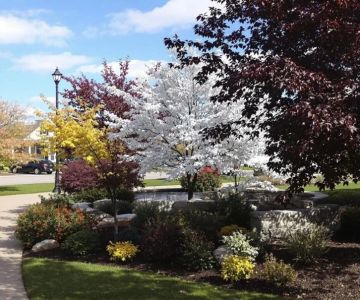
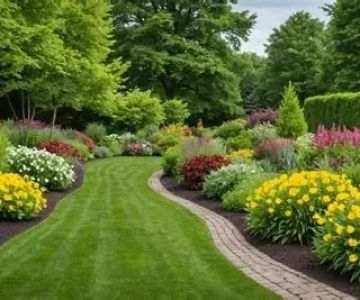
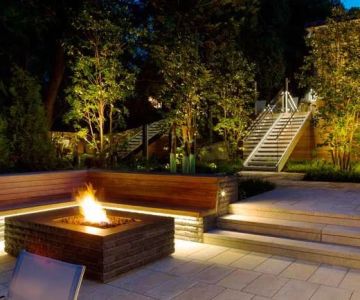
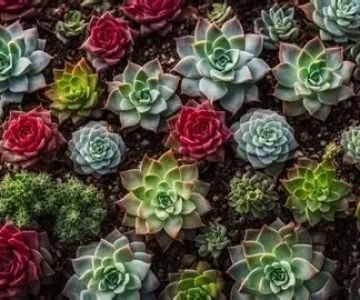
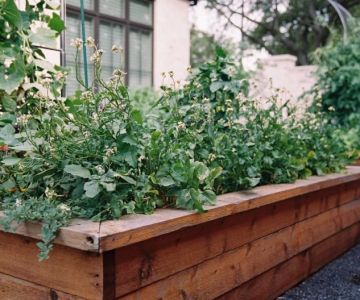
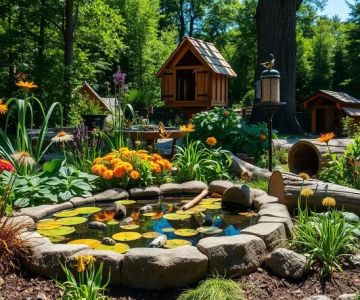
 Infinity Lawn & Landscaping4.0 (52 reviews)
Infinity Lawn & Landscaping4.0 (52 reviews) QualityWorks Trademark LLC4.0 (30 reviews)
QualityWorks Trademark LLC4.0 (30 reviews)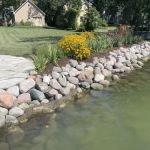 Eubanks Environmental5.0 (10 reviews)
Eubanks Environmental5.0 (10 reviews) BrightView Landscape3.0 (16 reviews)
BrightView Landscape3.0 (16 reviews) Statements In Stone Pool and Patio4.0 (47 reviews)
Statements In Stone Pool and Patio4.0 (47 reviews) Schmitt's Landscape Tree service North Aurora4.0 (4 reviews)
Schmitt's Landscape Tree service North Aurora4.0 (4 reviews) How to Landscape for Seasonal Wildlife Attraction in Your Garden
How to Landscape for Seasonal Wildlife Attraction in Your Garden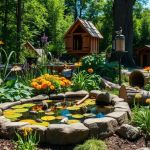 How to Build a Wildlife Habitat Garden That Supports Biodiversity
How to Build a Wildlife Habitat Garden That Supports Biodiversity How to Use Garden Art to Add Personality to Your Outdoor Space
How to Use Garden Art to Add Personality to Your Outdoor Space How to Plan Outdoor Fire & Water Features Harmoniously for Your Garden
How to Plan Outdoor Fire & Water Features Harmoniously for Your Garden How to Revive a Neglected Lawn Step by Step
How to Revive a Neglected Lawn Step by Step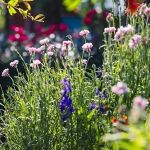 How to Choose Native Shrubs That Thrive Without Fertilizer
How to Choose Native Shrubs That Thrive Without Fertilizer